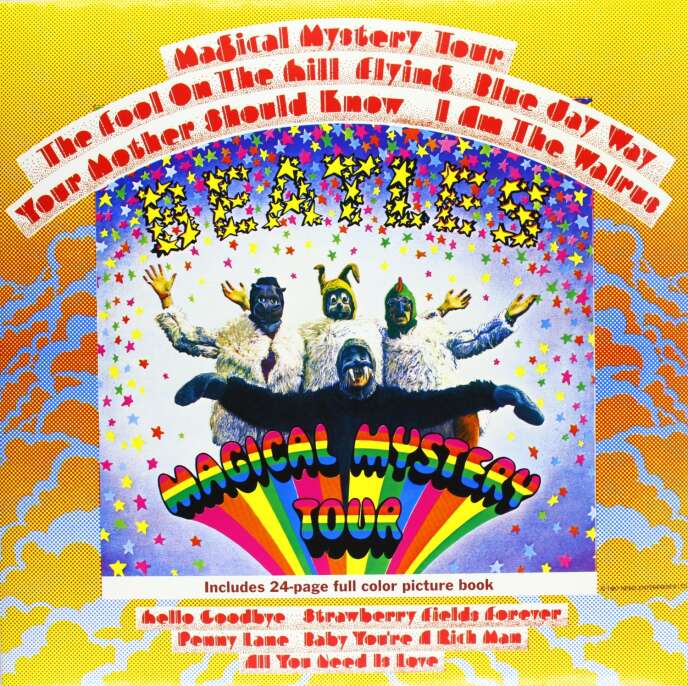

For years, practical limitations hampered a true stereo remix of Revolver. This same intrepid spirit helped bring this box set to life. 5, 1966, few could claim to have heard anything like it. "I, for one, am sick of doing sounds that other people can claim to have heard before," McCartney told NME shortly before the record's release. The time constraints imposed by concerts and other Beatlemania business lent a sense of focus and precision to their experiments. The last album was recorded when the Beatles were still a touring entity, none of the songs were ever performed live. Pepper's Lonely Hearts Club Band, is often hailed as their definitive studio construction, one could make a strong case for Revolver. As Dorian Lynskey wrote in the LA Times, "Instead of settling on one new direction, the Beatles proposed 14 possibilities." For the first time, they'd come to regard London's EMI Studios as more than just a workspace but a haven from the increasingly tumultuous world outside. These weren't "moon-in-June" love songs, but mature meditations on loneliness, laziness, (in)sanity, grief, hope - even death and taxes. Over the 11 weeks that followed, the Beatles tackled funk grooves and chamber music, sea shanties and psych-rock, Indian ragas and music-hall piano ditties. Nothing else on Revolver sounded like "Tomorrow Never Knows." But then again, each song on the album is its own distinct offering. The "Rs" on both ends made it a pun - a record revolves, yeah? - but the truth lay in the middle: Evolve. The following day they sent a telegram to their label, EMI Records, informing them that their next record would be called Revolver.

This nearly won out, but the Beatles continued to tinker as they painted. Lennon gave the title a characteristically surreal twist: Four Sides of the Circle. In each other, they found an oasis of creativity, camaraderie and calm amid the constant pandemonium. Magic Circle beautifully described their bond, which had grown more precious by the day. On the surface, it cheekily mythologized a vinyl disc, but surely the phrase struck them as at least slightly self-referential. Keeping with the theme of magic, McCartney put forth Magic Circle. But what to call it? An early favorite, Abracadabra, had already been taken. Like the painting, these songs brimmed with distinct colors, shapes and styles, yet formed a cohesive and confident whole. It was their as-yet-untitled seventh album. While they worked, they listened to the 14 songs they'd completed weeks before in London. The end result, as Whitaker recalled, "just happened naturally." The designs were utterly unique but worked in concert with each other, a psychedelic take on abstract expressionism. George Harrison's space was sparse but contained the most vibrant colors, while Ringo Starr's quadrant was playful and cartoonish. Paul McCartney's quarter was neatly symmetrical, whereas John Lennon's was more loose and sprawling. I had never seen them so happy - no drink, no drugs, no girls - just working together with no distractions." Each Beatle occupied their own corner of the 30x40-inch sheet, decorating and doodling in their own style. Robert Whitaker, a photographer friend of the group, would later observe, "Other than their music, this painting was the only creative enterprise I ever saw the Beatles undertake as a group. The most famous foursome on the planet could be found in the center of the living room, thin Japanese brushes in hand, contentedly working on a communal painting. But today, despite the chaos outside and the claustrophobia inside, they made the best of it. It was this type of scenario, at once dangerous and inhumane, that led them to swear off touring forever by the end of summer.


 0 kommentar(er)
0 kommentar(er)
